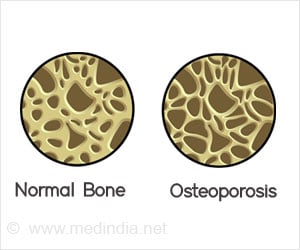Dust on office surfaces can expose people to harmful chemicals from flame-retardants, says a new study.

The research, links concentrations of PBDEs in office dust with levels of the chemicals on the hands of the offices' occupants.
The study authors also found the amount of PBDEs on workers' hands to be a good predictor of how much was measured in their blood. However, frequent hand washing appeared to reduce exposure to certain PBDEs.
This is the first peer-reviewed research to correlate levels of PBDEs on people's hands to concentrations in their blood, says lead author Deborah Watkins, a Ph.D. candidate at the Boston University School of Public Health's Department of Environmental Health.
In recent years, epidemiologic studies have linked exposure to constituents of the PBDE formulation penta-BDE, which was used in polyurethane foam, with changes in people's thyroid hormones, impaired fertility in women, lowered levels of testosterone in men, neurodevelopmental deficits in children, and undescended testicles in babies.
Although scientists don't know exactly how people accumulate high concentrations of PBDEs in their bodies, hand-to-mouth exposure is thought to play a significant role.
Advertisement
They also had, on average, three times lower concentrations of penta-PBDEs in their blood.
Advertisement
"This could be through hand-to-mouth behaviours such as eating oily food without washing your hands, or because the PBDEs are absorbed into the blood from the skin," she stated.
Whatever the source, Watkins stressed that "good old-fashioned soap and water may be needed to remove the PBDEs".
The article 'Exposure to PBDEs in the Office Environment: Evaluating the Relationship between Dust, Hand Wipes, and Serum', has been published online June 30 in the peer-reviewed journal Environmental Health Perspectives (EHP).
Source-ANI








